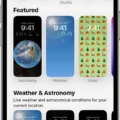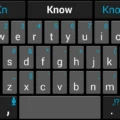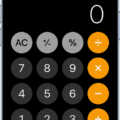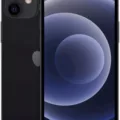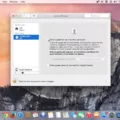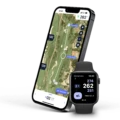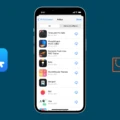In the world of smartphones, one of the key features that users interact with on a daily basis is the navigation buttons located at the bottom of the phone. These buttons play a crucial role in allowing users to navigate through different applications and perform various tasks on their devices. In this article, we will explore the different options available for navigation buttons and how they can enhance the user experience.
Traditionally, smartphones have had three navigation buttons at the bottom of the screen – the Back button, the Home button, and the App Overview button. These buttons provide users with a familiar and intuitive way to navigate through their devices. The Back button allows users to go back to the previous screen or close an application, while the Home button takes them back to the home screen. The App Overview button, on the other hand, allows users to switch between recent apps or close them altogether.
However, with the advent of modern gesture navigation, many smartphone manufacturers have started to move away from the traditional three-button system. Gesture navigation eliminates the need for physical buttons and instead relies on swipes and gestures to perform various actions. This not only provides a more immersive and seamless experience but also maximizes the screen real estate, allowing users to view more content.
To enable gesture navigation on your Android device, simply go to the Settings menu and tap on Display. From there, scroll down to the Navigation bar option and select Swipe gestures. This will replace the traditional navigation buttons with a gesture-based interface, where swiping up from the bottom takes you home, swiping from the sides allows for app switching, and swiping from the bottom and holding triggers the app overview.
While gesture navigation offers a more modern and fluid experience, some users may still prefer the familiarity and convenience of the traditional three-button system. If that’s the case, you can choose the 3-button navigation option from the Navigation bar settings. This will bring back the Back, Home, and App Overview buttons at the bottom of your screen.
Ultimately, the choice between gesture navigation and the classic three-button system comes down to personal preference. Both options have their own advantages and it’s up to you to decide which one suits your needs and usage habits better. Whether you opt for the modern swipes and gestures or stick with the traditional buttons, the navigation system on your phone plays a crucial role in enhancing your overall smartphone experience.
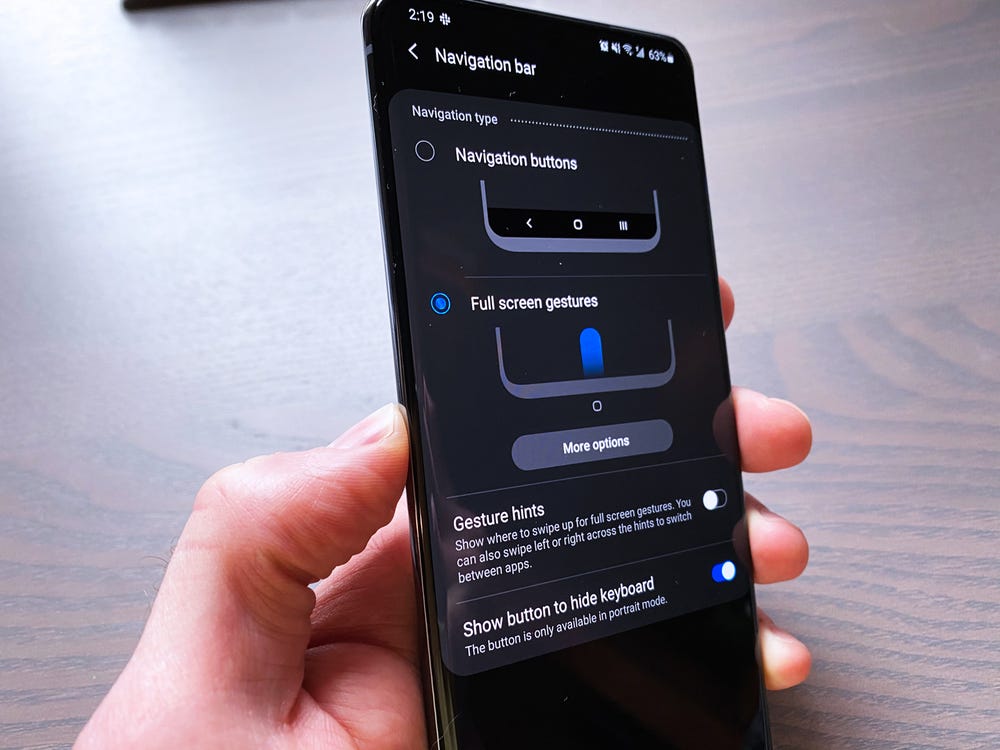
What Are the 3 Buttons at the Bottom of Android Called?
The three buttons at the bottom of an Android device are collectively known as the navigation bar. These buttons are used to navigate through the device’s interface and perform various actions. The three buttons are:
1. Home button: This button is typically located in the center and resembles a house icon. It allows you to return to the home screen from any app or screen on your Android device.
2. Back button: The back button is usually located on the left side of the navigation bar and is represented by a left-facing arrow or a curved arrow icon. It allows you to go back to the previous screen or step within an app or navigate back in the app hierarchy.
3. App Overview button: The app overview button is typically located on the right side of the navigation bar and is represented by a square or overlapping rectangles icon. When pressed, it displays a list of recently used apps or allows you to switch between open apps, making it easy to multitask and switch between different tasks quickly.
These three buttons provide a convenient and intuitive way to navigate and interact with your Android device, allowing you to move between apps, return to the home screen, and go back within apps with ease.
What Are the Buttons at the Bottom of the Phone Screen?
At the bottom of a phone screen, you will find buttons that serve different functions depending on the device and operating system. These buttons are an essential part of navigating your phone and accessing various features and functions. There are two main types of button systems commonly used: the modern gesture navigation and the classic 3-button system.
1. Modern Gesture Navigation:
– Home Gesture: A swipe up from the bottom of the screen takes you to the home screen, allowing you to exit apps and return to your device’s main interface.
– App Switching Gesture: Swiping up from the bottom and then pausing or swiping sideways lets you switch between recently used apps, making multitasking easier.
– Back Gesture: A swipe from the left or right edge of the screen towards the center acts as the back button, allowing you to go back to the previous screen or app.
2. Classic 3-Button System:
– Home Button: This button, usually located in the center, takes you back to the home screen when pressed. It is often represented by a simple circle or a house icon.
– Back Button: Located on the left or right side of the home button, the back button lets you navigate back within apps or go back to the previous screen.
– App Switching Button: Usually situated on the right or left side of the home button, this button displays all recently used apps when pressed, allowing you to quickly switch between them.
It’s important to note that the specific design and arrangement of these buttons can vary depending on the phone’s manufacturer and the operating system being used, such as Android or iOS. Some phones may also offer customization options, allowing you to choose between the modern gesture navigation or the classic 3-button system based on your preference.
How Do You Get Rid of the Buttons on the Bottom of Your Samsung Phone?
To remove the buttons on the bottom of your Samsung phone, you can follow these steps:
1. Open the “Settings” on your Samsung phone.
2. Scroll down and tap on the “Display” option.
3. Look for the “Navigation bar” setting and tap on it.
4. Within the “Navigation bar” settings, you will have the option to choose between “Buttons” and “Swipe gestures”.
5. Tap on the desired option to select it.
By choosing the “Buttons” option, the navigation bar with the buttons will be visible at the bottom of your Samsung phone’s screen. On the other hand, if you select the “Swipe gestures” option, the navigation bar will be hidden, and you will be able to navigate using swipe gestures instead.
It’s important to note that the exact steps may vary slightly depending on the model and version of your Samsung phone. But generally, these steps should help you get rid of the buttons on the bottom of your Samsung phone.
How Do You Get Your Navigation Buttons Back?
To bring back the navigation buttons on your Android device, follow these steps:
1. Tap on the “Settings” app on your device.
2. Scroll down and select “System” or “System & Updates”, depending on your device.
3. Look for the “Gestures” or “Gesture Navigation” option and tap on it.
4. In the gesture navigation settings, you will find an option to switch back to the traditional navigation buttons. Tap on the option that says “Three Button Navigation” or “Navigation Buttons.”
5. Once selected, the navigation buttons should appear at the bottom of your screen, allowing you to navigate through your device more easily.
Alternatively, if you prefer to use gesture navigation, you can choose the “Gesture Navigation” option instead. This will replace the traditional navigation buttons with swipe gestures, allowing you to navigate through your device by swiping from the edges of the screen.
By following these steps, you should be able to bring back the navigation buttons on your Android device and customize your navigation preferences according to your preference.
Conclusion
The choice between gesture navigation and three-button navigation on your phone ultimately depends on your personal preference and comfort. Gesture navigation offers a more modern and intuitive way of navigating through your phone’s interface, using swipes and gestures to go back, switch apps, and go home. This can provide a smoother and more immersive user experience, especially on devices with larger screens.
On the other hand, the classic three-button navigation provides dedicated buttons for Home, Back, and App Overview. This can be helpful for users who are accustomed to this traditional navigation style and prefer having physical buttons to press. It also ensures consistent navigation across different Android devices, as the three-button system is standardized.
If you decide to switch between these navigation options, you can do so easily by going into your phone’s settings, accessing the “Navigation bar” option under the “Display” settings. From there, you can select either “Buttons” or “Swipe gestures” to switch between the two navigation styles.
Ultimately, both gesture navigation and three-button navigation have their own advantages and it’s up to you to decide which one suits your preferences and usage patterns better. Whether you prefer the sleekness and fluidity of gestures or the familiarity and simplicity of physical buttons, the choice is yours to make.






